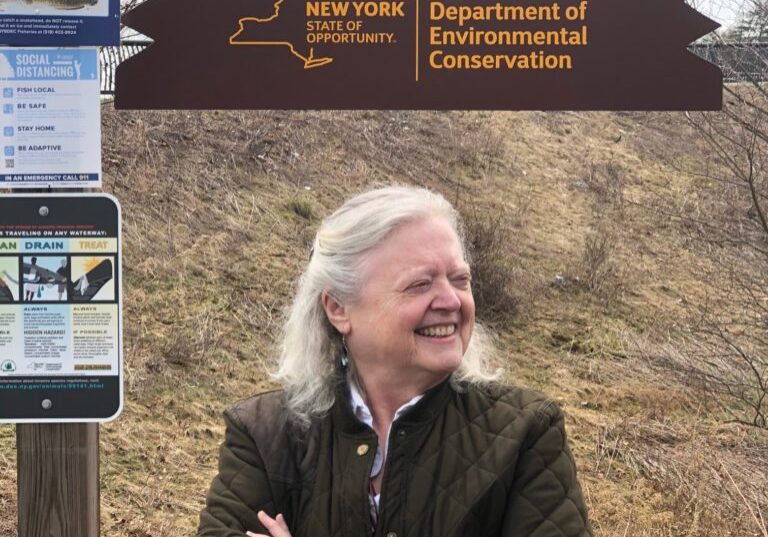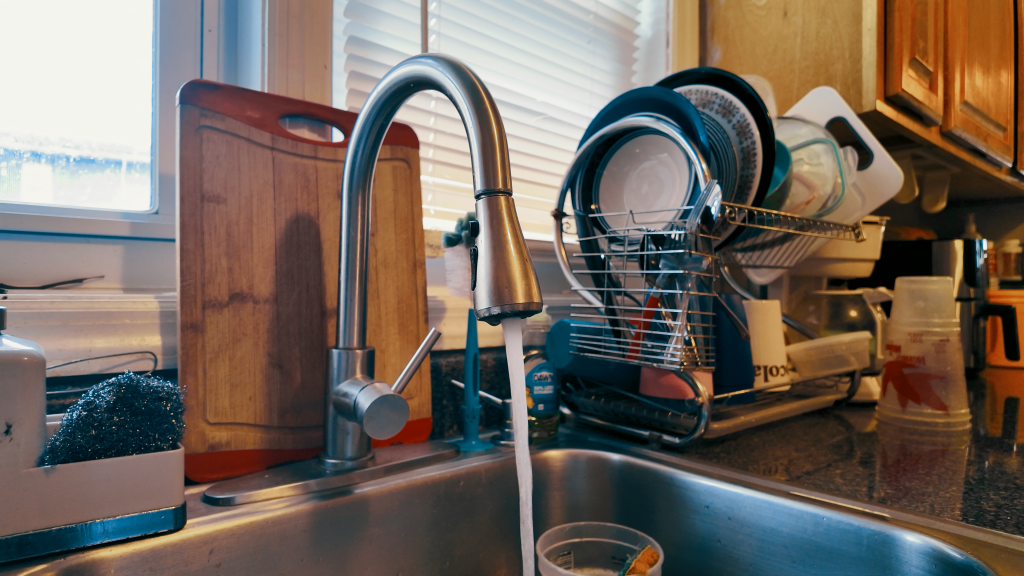
Gaining water quality clarity in New Jersey
| July 27, 2025
Editor’s Note: This is the third in a series of articles to educate readers in southwestern New Jersey about the source of their drinking water and its quality. This story was produced as part of the Center for Cooperative Media at Montclair State University’s South Jersey Information Equity Project fellowship and supported with funding from the Independence Public Media Foundation, the Geraldine R. Dodge Foundation and the NJ Civic Information Consortium.
At homes across the country, residents have various levels of concerns about access to high-quality drinking water, though in New Jersey, the state has some of the most well-monitored water systems in the nation.
In May, state legislators considered new regulations for water suppliers to communicate directly with municipalities about drinking water quality standards. Bill A1400 requires water suppliers to notify municipalities, school districts, charter schools, and non-public schools of violations of drinking water standards.
The bill has remained in the Senate Budget and Appropriations Committee for review. If no action is taken on the bill before the end of this current session, it will die and will have to be reintroduced in the next session.
If it is ultimately adopted into law, it could go a long way to raising public awareness among consumers about the kinds of contaminants in their water and improve transparency about test findings.
Regulations take shape over the decades
In the early 1900s the spread of typhoid fever through contaminated public water supplies resulted in the first-ever American drinking water standards regulated by the U.S. Public Health Services.
The discovery of lead’s harmful effects in the 1940s and 50s drove municipalities across the country to regulate lead levels in drinking water. The studies that came in the following decades resulted in legislative proposals that concluded with the passage of the Safe Drinking Water Act of 1974.
Amendments were made in 1986 and 1996 to include further provisions addressing lead content in plumbing but since then the largest updates have come from problems with infrastructure.
The water crisis in Flint, Mich., for example, raised awareness that one of the core utilities that we take for granted — clean drinking water — isn’t as safe as we thought.
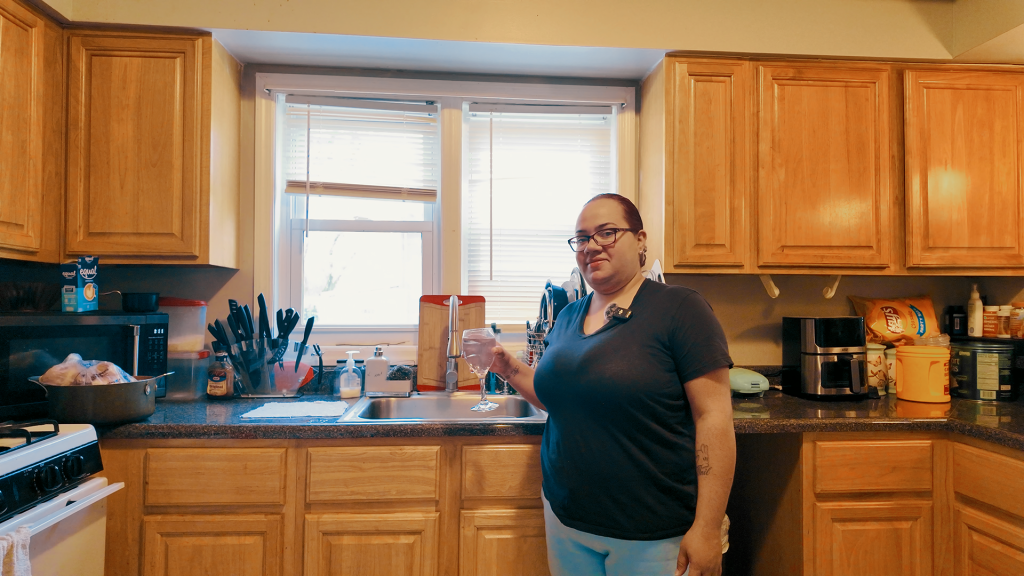
Meralys Crespo lived about 40 miles away from Flint, in Pontiac, Mich., until she decided to return to New Jersey to reconnect with her family after being fed up with the water quality.
“I lasted a year and a few months because it was unbearable,” she said of her experience of living in Michigan. “When you turned on the faucet the water would come out brown, almost maroon. I couldn’t wash or cook with that water so we used water jugs, gallons and bottled water while we could.”
As a mother of an 8-year-old with eczema, she is still troubled by the potential hazards in public water supplies.
Facing other challenges
Today, water companies face other challenges, such as combating so-called forever chemicals, like PFAS.
Prolonged exposure to these chemicals has been linked to decreased fertility or increased high blood pressure in pregnant women, developmental effects or delays in children, and increased risk of some cancers, among other health effects, according to the EPA.
The water utility Aqua New Jersey in Lawrenceville, N.J., last year launched a $3 million filtration system to capture and removed the chemicals. The company, which operates in parts of Hunterdon, Warren and Sussex Counties, said it will need an additional $70 million to $80 million to remediate all its sites contaminated with PFAS.
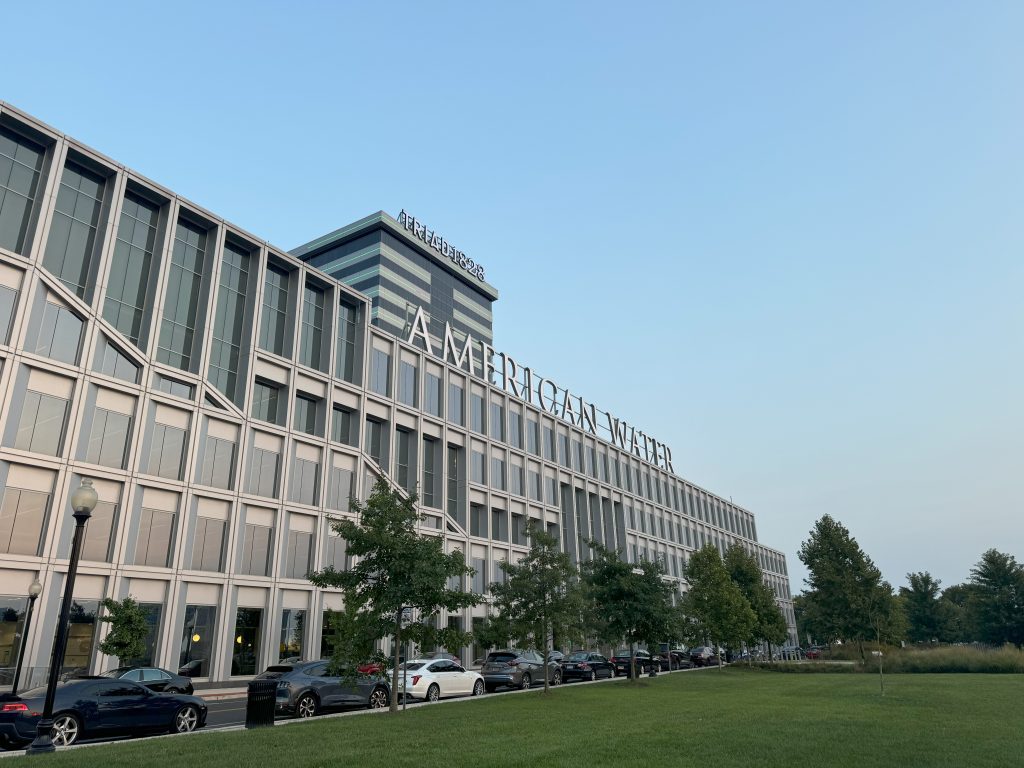
American Water, the largest water supplier in New Jersey, has been moving to boost consumer confidence as New Jersey was the first state to set maximum contaminant levels for PFAS.
By providing a yearly Consumer Confidence Report resource page where counties can search by their zip code, the utility continues to provide tools for transparency for residents.
Joey Rodriguez, an external affairs specialist for American Water, has been a consistent figure in community events and outreach opportunities in Camden, N.J.
“We’re proud to call Camden home and we strive to be a resource hub and partner to the city,” he said.
“Our website is designed with the community in mind to be a resource hub and hold a wealth of information for our customers,” he said, referring to tools, such as Water Quality One Pagers and PFAS explainer videos.


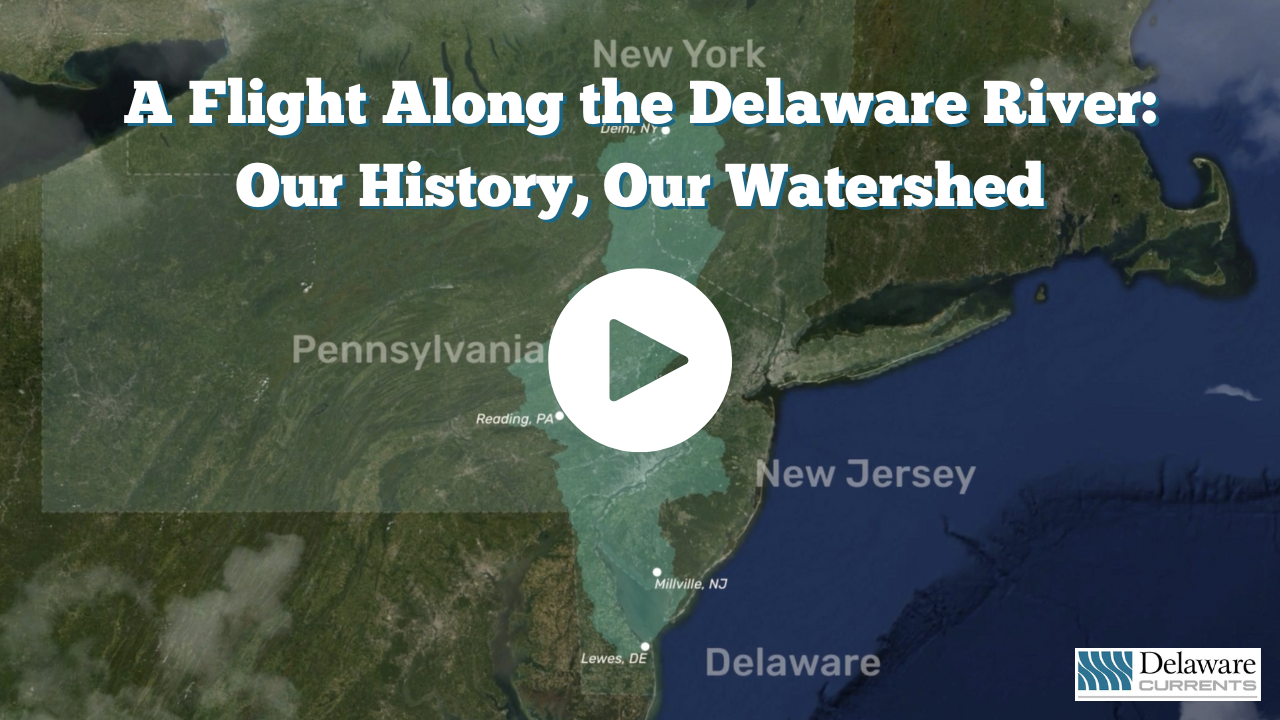
![DC_Image [Image 4_Assunpink Meets Delaware] meets Delaware The Assunpink Creek on its its way to meet the Delaware River. The creek passes through woods, industrial and commercial areas and spots both sparkling and filled with litter.](https://delawarecurrents.org/wp-content/uploads/bb-plugin/cache/DC_Image-4_Assunpink-meets-Delaware-1024x768-landscape-14f069364113da5e8c145e04c9f2367c-.jpg)
